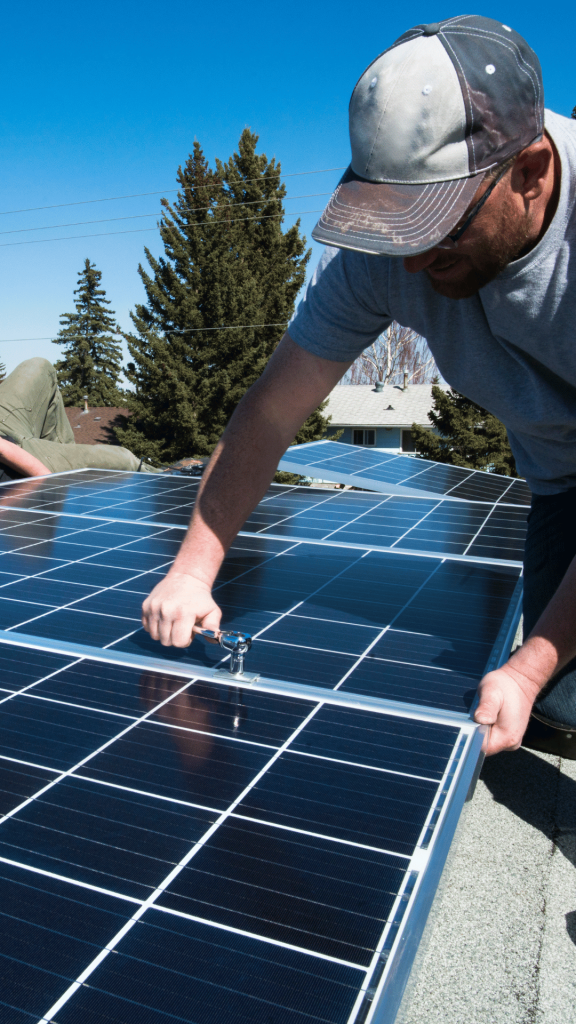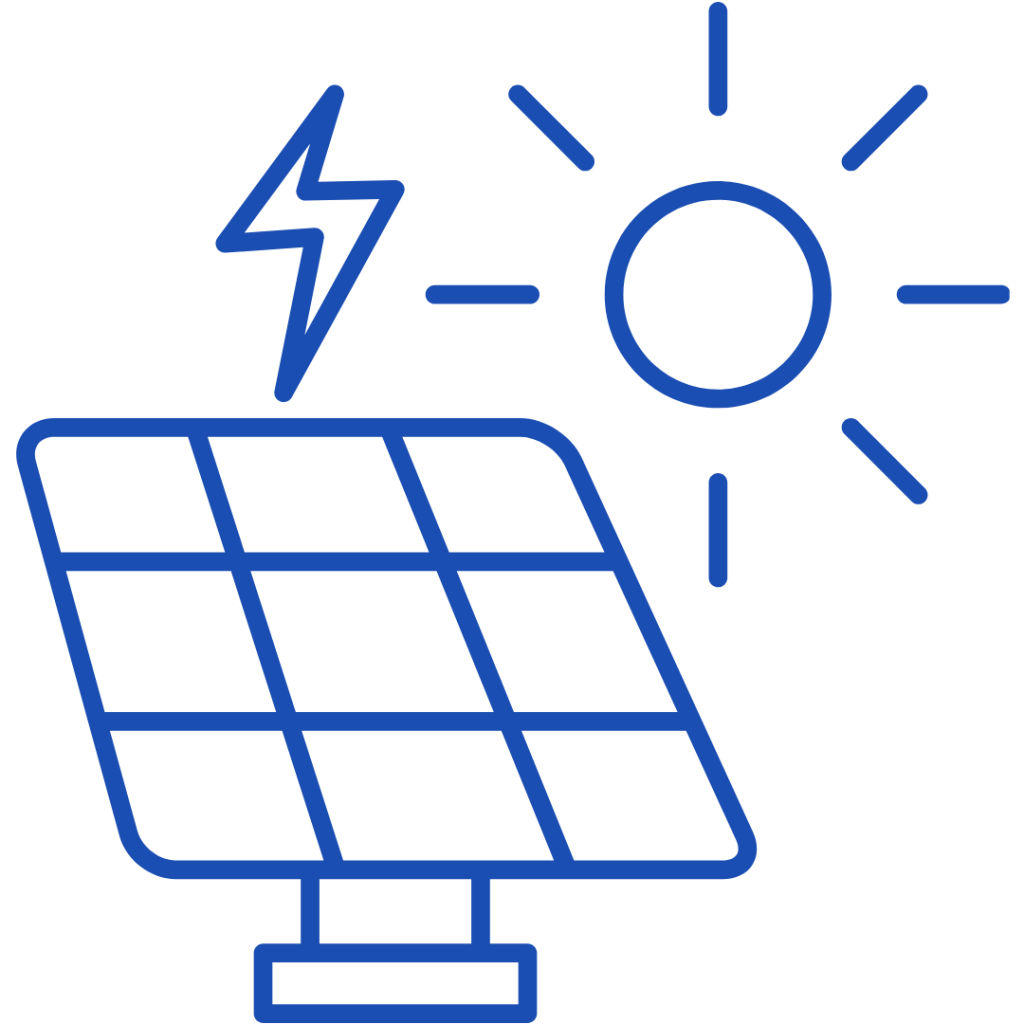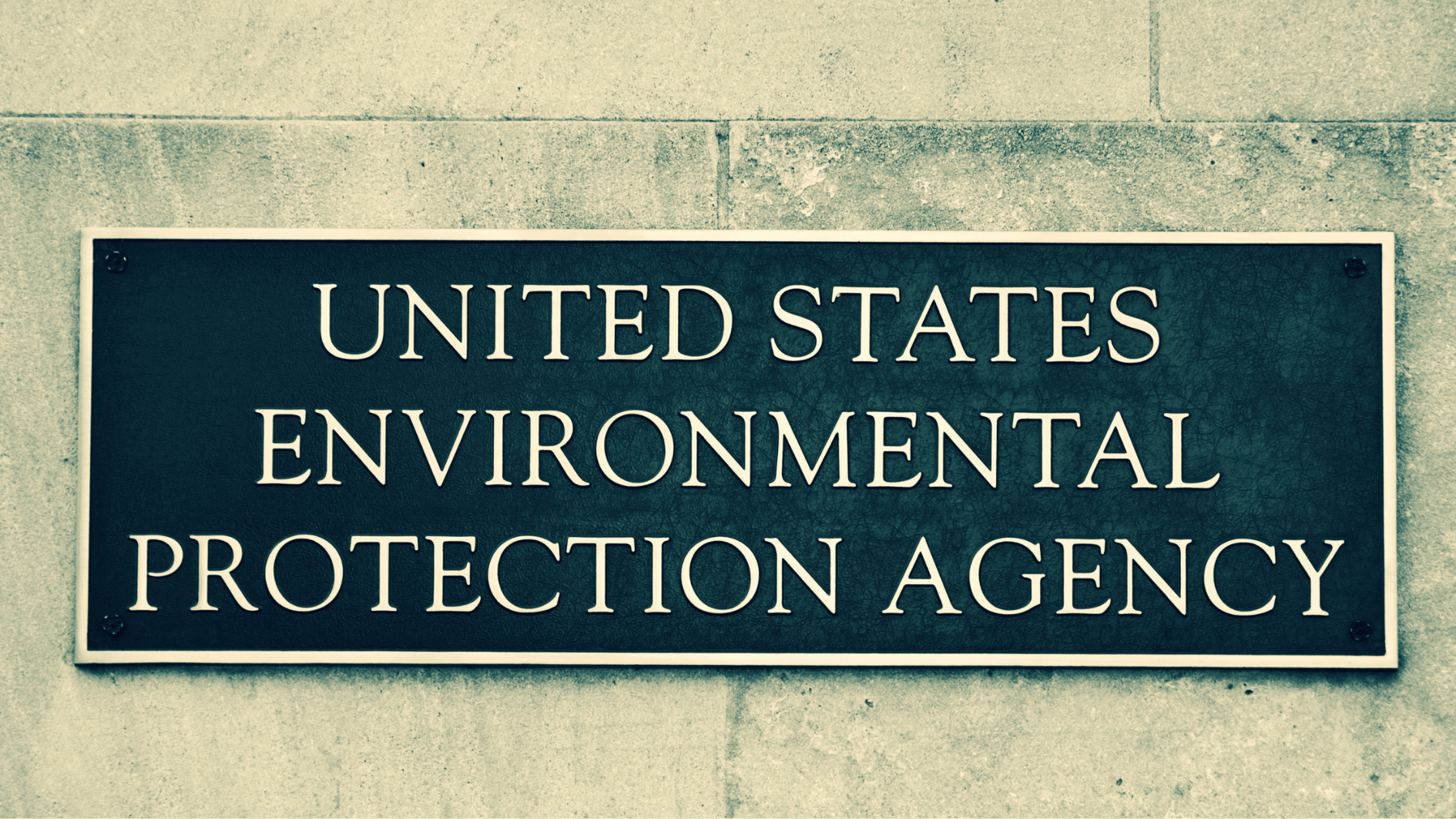Image source: Canva.com
The U.S. Environmental Protection Agency (EPA) plays a pivotal role in safeguarding human health and the environment. Since its establishment in 1970, the EPA has been instrumental in creating and enforcing regulations to protect air, water, and land resources. One of the key areas of the EPA’s mission is addressing climate change and promoting renewable energy solutions, including solar energy. Through its initiatives, funding programs, and regulations, the EPA aims to advance clean energy adoption and reduce greenhouse gas emissions.
EPA’s Mission and Role
The EPA’s primary mission is to protect the environment and public health by ensuring that all Americans have access to clean air, water, and land. To achieve this mission, the agency enforces environmental laws passed by Congress, sets national environmental standards, and supports state and local efforts to improve environmental quality.
Over the years, the EPA has increasingly emphasized combating climate change and reducing carbon pollution. One of its key strategies is promoting renewable energy sources like solar power, which play a critical role in reducing reliance on fossil fuels and curbing greenhouse gas emissions.
EPA’s Solar-Related Initiatives
The EPA actively supports solar energy adoption through several programs and initiatives aimed at expanding clean energy access, especially for low-income and disadvantaged communities. Some of its key activities related to solar energy include the following:
1. Greenhouse Gas Reduction Fund (GGRF)

The Greenhouse Gas Reduction Fund (GGRF) is one of the EPA’s landmark investments in clean energy, created under the Inflation Reduction Act of 2022. The GGRF seeks to mobilize financing to address the climate crisis by promoting clean energy solutions and reducing carbon emissions. A significant portion of this fund is dedicated to the Solar for All (SFA) Program, which aims to bring the benefits of solar energy to low-income and disadvantaged communities across the United States.
The Solar for All program provides grants to states, Tribal governments, municipalities, and non-profit organizations to support solar installations in underserved areas. By expanding access to solar energy, the EPA is helping reduce electricity costs, increase energy security, and improve air quality for communities that have been disproportionately impacted by environmental pollution and energy costs.
2. Solar for All Program
Launched under the GGRF, the Solar for All Program is designed to make solar energy more accessible to low-income households. The program provides direct funding to states and local organizations to install solar panels on homes, community solar projects, and energy storage systems.
The EPA has awarded a total of $7 billion in grants through the Solar for All Program to 60 recipients, including state-level agencies, Tribal entities, and multi-state coalitions. This funding is expected to reach over 900,000 households, generating significant energy savings and reducing carbon emissions. The program emphasizes projects that integrate energy storage solutions, enhancing the resilience and reliability of electricity for disadvantaged communities.

3. State-Level Solar Initiatives

The EPA’s Solar for All program is implemented at the state level, with individual states creating their own tailored programs. For instance, New Mexico’s Energy, Minerals, and Natural Resources Department (EMNRD) is using its grant from the Solar for All program to set up community solar projects that benefit low-income residents. These projects aim to deliver electricity bill savings and boost local economies by creating jobs in the solar sector.
Other states, like Illinois, Michigan, and Minnesota, have received grants to expand their community solar initiatives, with a focus on targeting low-income households and residents in rural or Tribal areas. By collaborating with local utilities and community-based organizations, the EPA is helping states to develop effective solar programs that align with their unique needs and goals.
4. Environmental Justice Initiatives
One of the EPA’s major focuses in advancing solar energy is to ensure that the benefits reach communities historically affected by pollution and energy inequality. The agency’s environmental justice initiatives aim to bridge the gap by providing funding and support for solar installations in vulnerable communities.
Through the Solar for All program and other environmental justice efforts, the EPA encourages states and organizations to form Environmental Justice Advisory Committees and conduct community outreach. This ensures that local voices are heard and that projects are designed to meet the specific needs of each community. These advisory committees are vital in identifying potential barriers to solar adoption and working with residents to build trust and maximize program effectiveness.

EPA’s Impact on Solar Energy Growth
The EPA’s activities related to solar energy are creating significant impacts at both the national and community levels:

Expanding Solar Access
The Solar for All program is breaking down financial and structural barriers to solar adoption. By targeting low-income households and disadvantaged communities, the EPA is expanding access to clean energy, helping reduce energy bills for residents who need it most.
Supporting Job Creation
By investing in solar projects, the EPA is promoting job creation in the growing renewable energy sector. This includes training programs to equip workers with the skills needed for solar installation and maintenance, further boosting local economies.
Reducing Greenhouse Gas Emissions
Solar energy is a clean and renewable source of electricity that doesn’t produce direct emissions. By supporting solar initiatives, the EPA is helping reduce greenhouse gas emissions, contributing to the country’s climate goals, and protecting public health.
Improving Energy Resilience
Many of the projects funded by the EPA include energy storage systems, which enhance grid resilience and provide backup power during emergencies. This is especially crucial for disadvantaged communities that are more vulnerable to energy disruptions.
The U.S. Environmental Protection Agency is playing a crucial role in advancing solar energy across the nation, with a focus on making clean energy more accessible to underserved communities. Through programs like the Greenhouse Gas Reduction Fund and Solar for All, the EPA is working to combat climate change, reduce energy costs, and promote environmental justice. By partnering with states, Tribal governments, and community organizations, the EPA is fostering a cleaner and more equitable energy future for all Americans.





